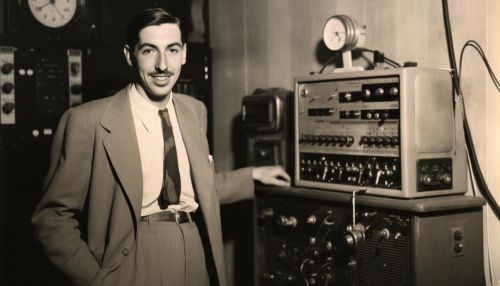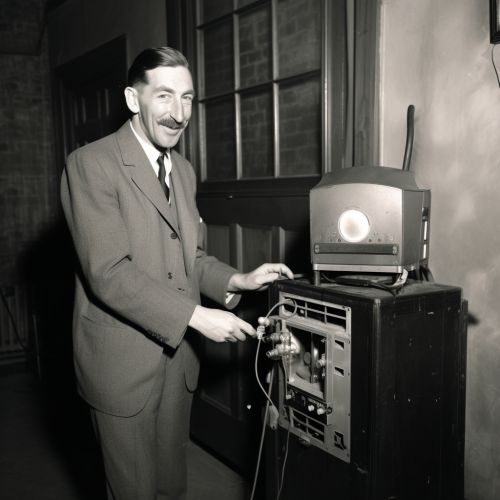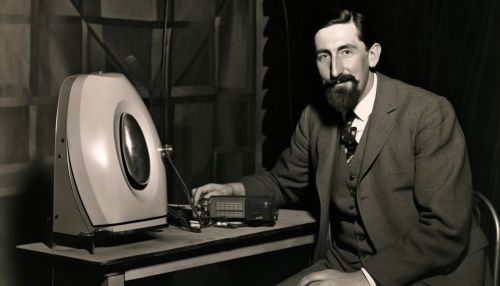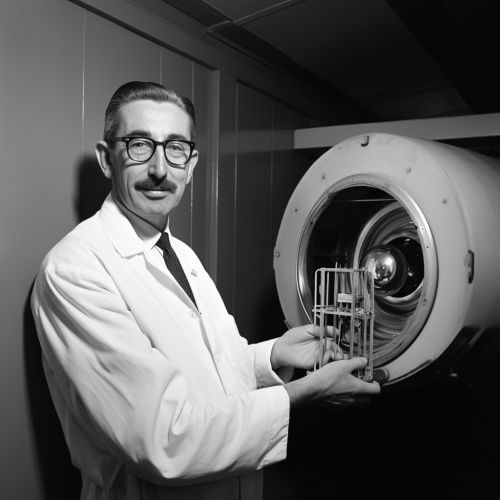Godfrey Hounsfield
Early Life and Education
Godfrey Newbold Hounsfield was born on August 28, 1919, in Newark-on-Trent, Nottinghamshire, England. He was the youngest of five children in a family of farmers. Hounsfield's early education was primarily self-taught, with a strong interest in radio and electrical engineering. He built his first radio set at the age of 11.
Hounsfield left school at the age of 16 and started working for a local firm, where he repaired electrical devices. His interest in electrical engineering led him to join the Royal Air Force (RAF) during World War II. He specialized in radar and radio equipment, which furthered his knowledge and skills in electronics.
After the war, Hounsfield decided to formalize his education. He used his veteran's grant to study at the Faraday House Electrical Engineering College in London, where he earned a diploma in 1951.


Career and Achievements
Hounsfield joined Electric and Musical Industries Ltd. (EMI) in 1951. He initially worked on radar and guided weapon systems but later moved to the newly formed Central Research Laboratories. Here, he started working on the first all-transistor computer in the UK, the EMIDEC 1100.
In the late 1960s, Hounsfield began developing the concept of computed tomography (CT). His idea was to use X-rays to create cross-sectional images of the human body, which could then be reconstructed into a three-dimensional image. This was a revolutionary concept at the time, as traditional X-rays could only provide a two-dimensional image.
Hounsfield's work led to the development of the first commercially viable CT scanner, the EMI-Scanner, in 1971. The EMI-Scanner was initially used for brain imaging, but it was later adapted for whole-body imaging. This invention revolutionized the field of medical imaging and has had a profound impact on medical diagnostics.
For his groundbreaking work on the CT scanner, Hounsfield was awarded the Nobel Prize in Physiology or Medicine in 1979, which he shared with Allan McLeod Cormack. Hounsfield's other awards and honors include the knighthood in 1981 and the Order of Merit in 1986.


Later Life and Legacy
Hounsfield retired from EMI in 1984 but continued to contribute to the field of medical imaging. He served as a research consultant at the Wellcome Trust and the Imperial College London. He also held several honorary degrees and fellowships from universities and professional bodies worldwide.
Hounsfield passed away on August 12, 2004, in Kingston upon Thames, London. His legacy lives on in the field of medical imaging. The Hounsfield scale, a quantitative measure of radiodensity used in evaluating CT scans, is named in his honor.


